This post is also available in: ![]() Português
Português
Serra do Amolar in Pantanal is a place still untouched by the hands of man. It is the last frontier of the Pantanal with an enormous natural wealth. Altogether, there are 80km of mountains spread over 300 thousand hectares between the states of Mato Grosso do Sul and Mato Grosso as well as Bolivia. Serra do Amolar in Pantanal is surely one of Brazil’s best kept secrets.
Serra do Amolar in Pantanal
- What is the Serra do Amolar
- Where is Serra do Amolar
- Serra do Amolar and the IHP
- The fires at Serra do Amolar
- Tourism in Serra do Amolar
- The trekking trails in Serra do Amolar
- Corumbá, the starting point to Serra do Amolar
- When to visit Serra do Amolar
- How much does it cost to travel to Serra do Amolar
- Curiosities of Serra do Amolar
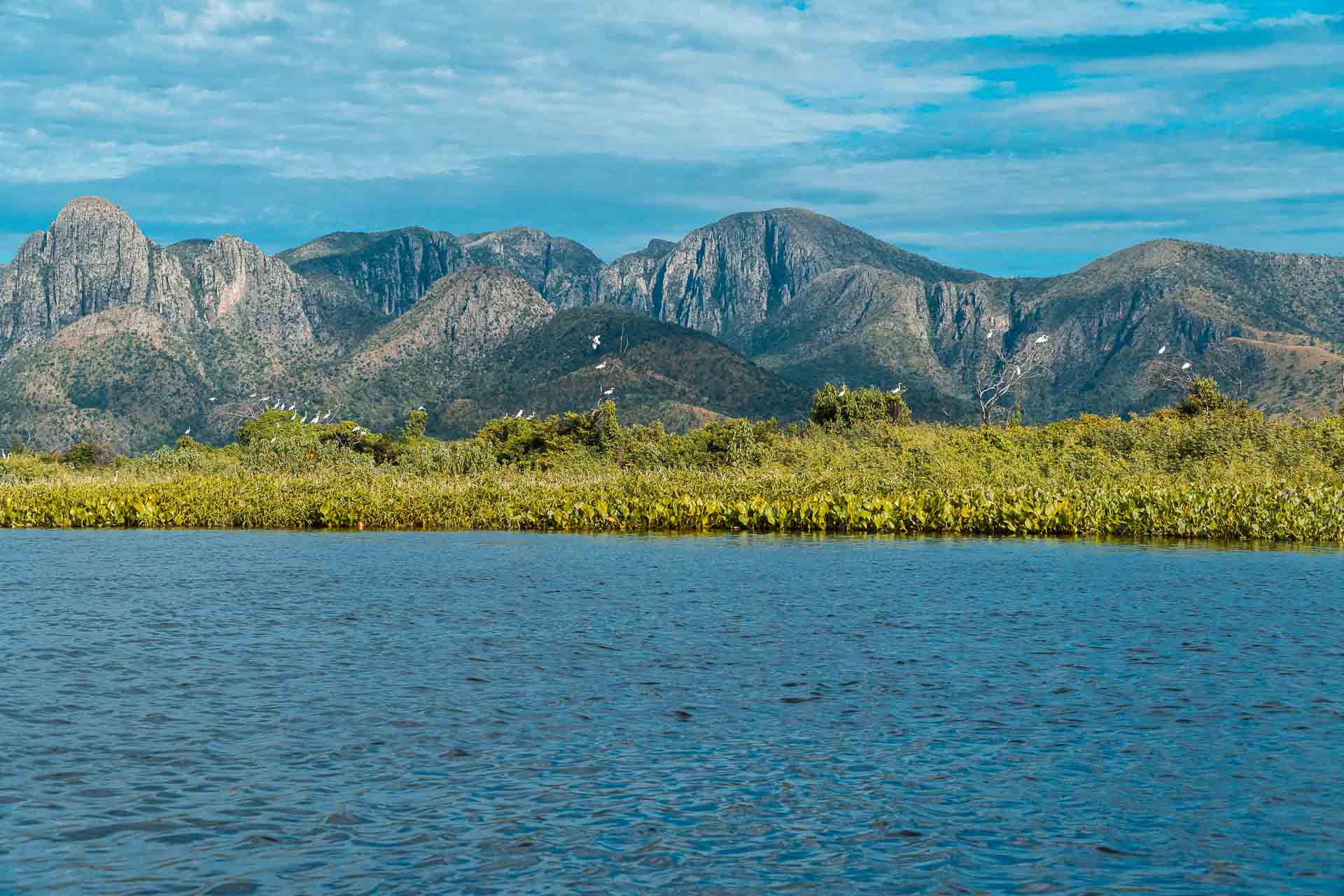
What is the Serra do Amolar in Pantanal
This is a region that must be preserved because of its extreme natural wealth. In fact, the area is an RPPN (Private Natural Heritage Reserve), which is a conservation unit of private domain. The RPPN is under the management of the Instituto Homem Pantaneiro (IHP), which has been working in the natural and cultural preservation of the region for over 20 years.
Up to recently, tourism in Serra do Amolar was an almost impossible task. That was mainly because of the difficulty and cost into going there. However, in 2021, the IHP launched the Amolar Experience, a tourist arm of the institute to attract visitors and promote the place. They believe tourism can be an important ally in local preservation and that is why they want more people to see and experience the Serra do Amolar.
During our visit to the Pantanal, we were invited to visit Serra do Amolar with Amolar Experience. We spent three beautiful days in this region and now we tell you everything you need to know about Serra do Amolar in Pantanal. Just a heads-up though, this will be a trip unlike anything you’ve ever seen. Get ready for powerful and transformative experience that you will carry for a long time after visiting Serra do Amolar in Pantanal.
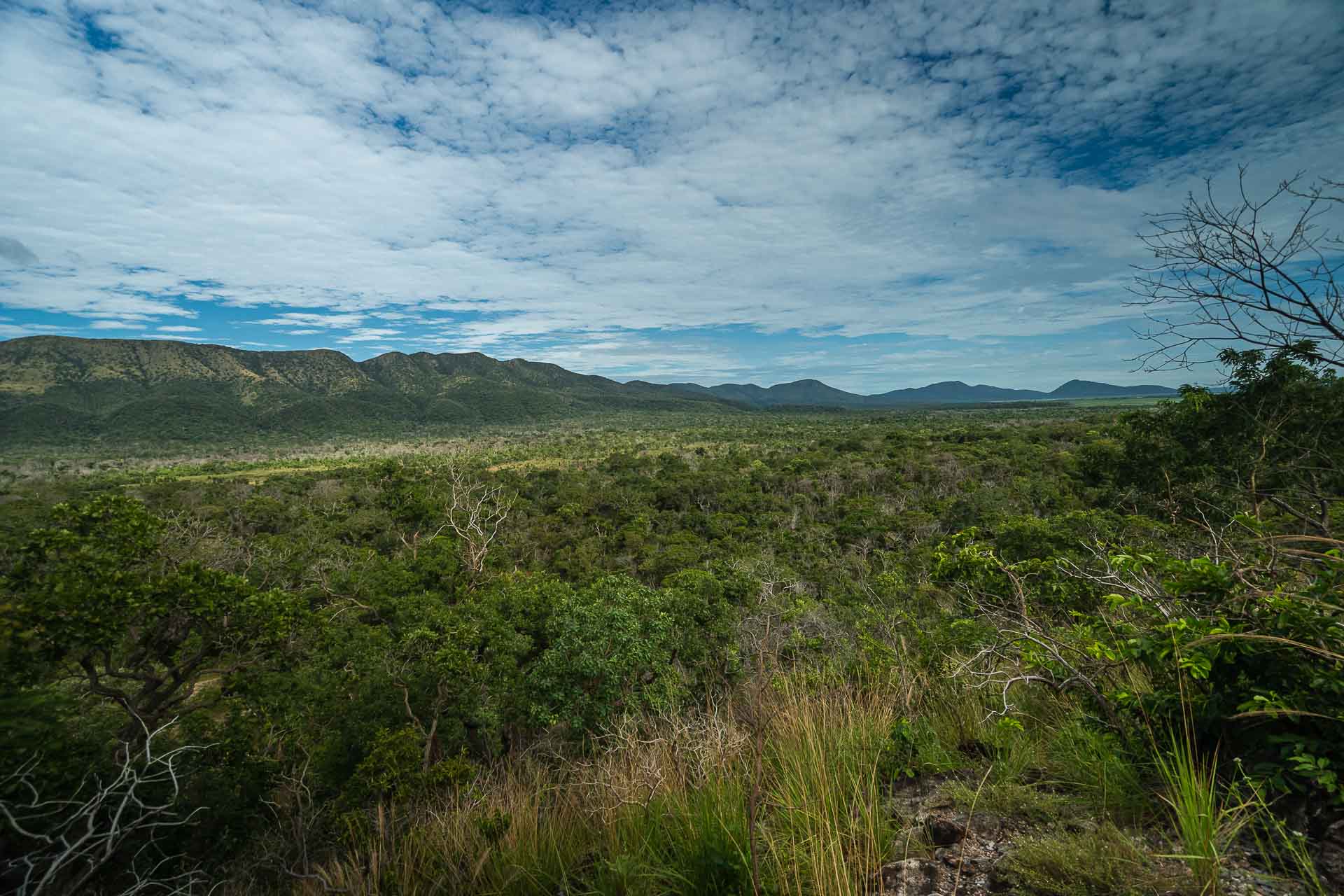
Where is Serra do Amolar
Serra do Amolar is part of the Pantanal. It is, in fact, one of the mountains that delimits the Pantanal, together with Serra da Bodoquena in the south and the Chaco Boliviano in the west. The region is located between the states of Mato Grosso do Sul (MS), Mato Grosso (MT) and Bolivia, forming part of the municipality of Corumbá, in MS.
Serra do Amolar and the Instituto Homem Pantaneiro (IHP)
Serra do Amolar has been inhabited for hundreds of thousands of years. When the Portuguese arrived there, more than 3 million indigenous people from the Guató, Chamacoco, Kadiwéu, Terena and Bororo ethnic groups inhabited the region. Today, only the Guató remain, who, together with some riverside communities, make up the core of inhabitants of Serra do Amolar.
The IHP appeared in the region in 2002, on the initiative of Colonel Ângelo Rabelo. The colonel had been transferred to the Pantanal in the 80’s to act as a military environmental police officer fighting illegal hunting of caimans and giant otters. These years developed in him a deep bond with the region, culminating in the creation of the IHP. Their mission is to preserve the biome and the memory of the People of Pantanal.
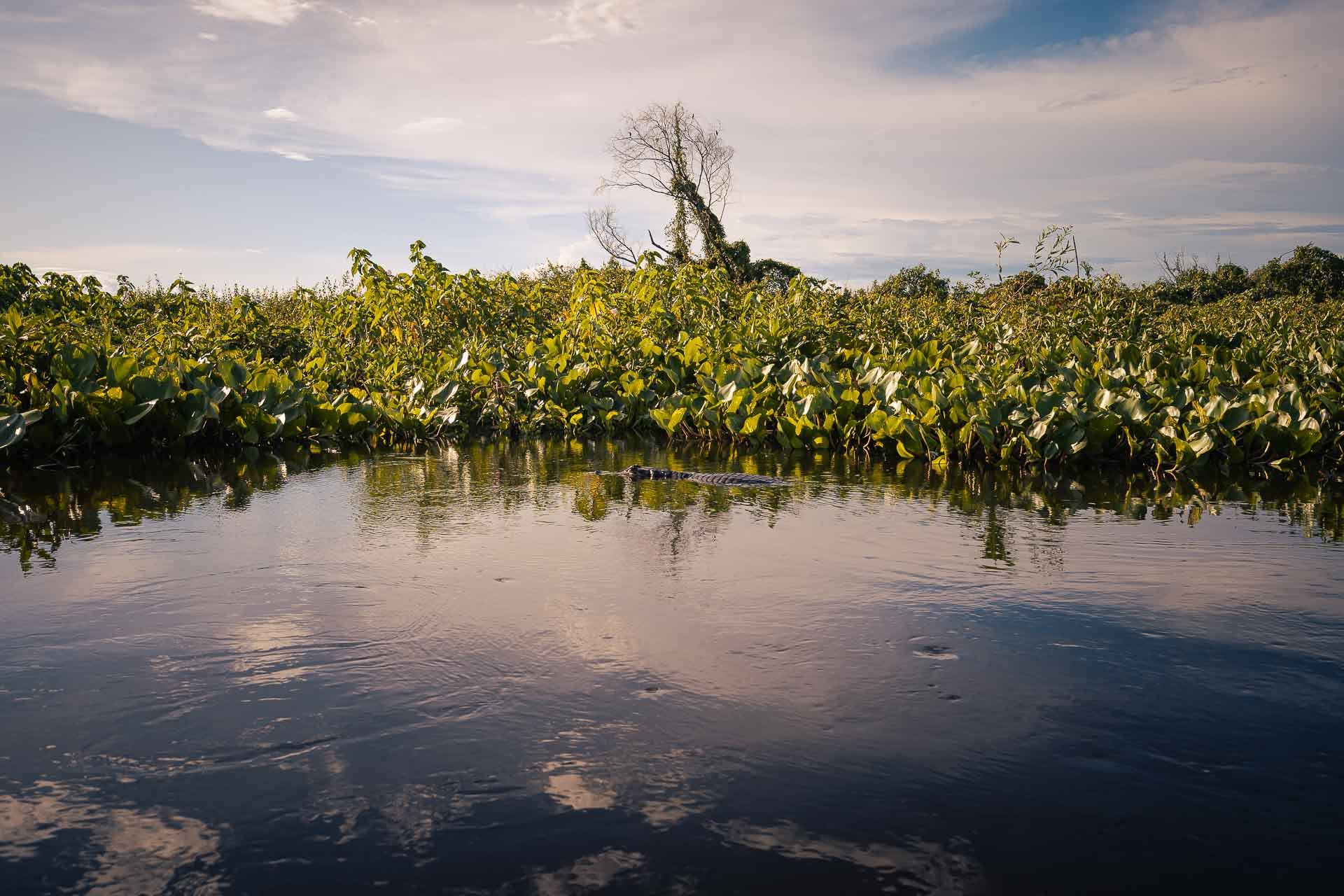
Honestly, we are not very close to military organizations. For this reason, we were quite unsure about meeting the colonel. However, in less than a minute talking with him, we felt completely amazed by his personality. Colonel Rabelo seemed to us to be an extremely competent and honest person, let alone quite funny as well. His name came up in several other moments during our trip through the Pantanal and we realized how much he is liked by people, being highly praised for his work. The IHP as a whole showed us to be a very serious and organized institute, having a team of very passionate and competent professionals.
Fires at Serra do Amolar
One of the biggest challenges for the IHP comes in 2020, when 90% of Serra do Amolar was taken by fire. The memories of this incident are still quite lively and still provokes emotional reactions in those who witnessed the tragedy. Many animals died and part of the vegetation remains charred to this day, as if to remind us of the dangers of environmental imbalance in this biome so dependent on rain cycles and so affected by human action.
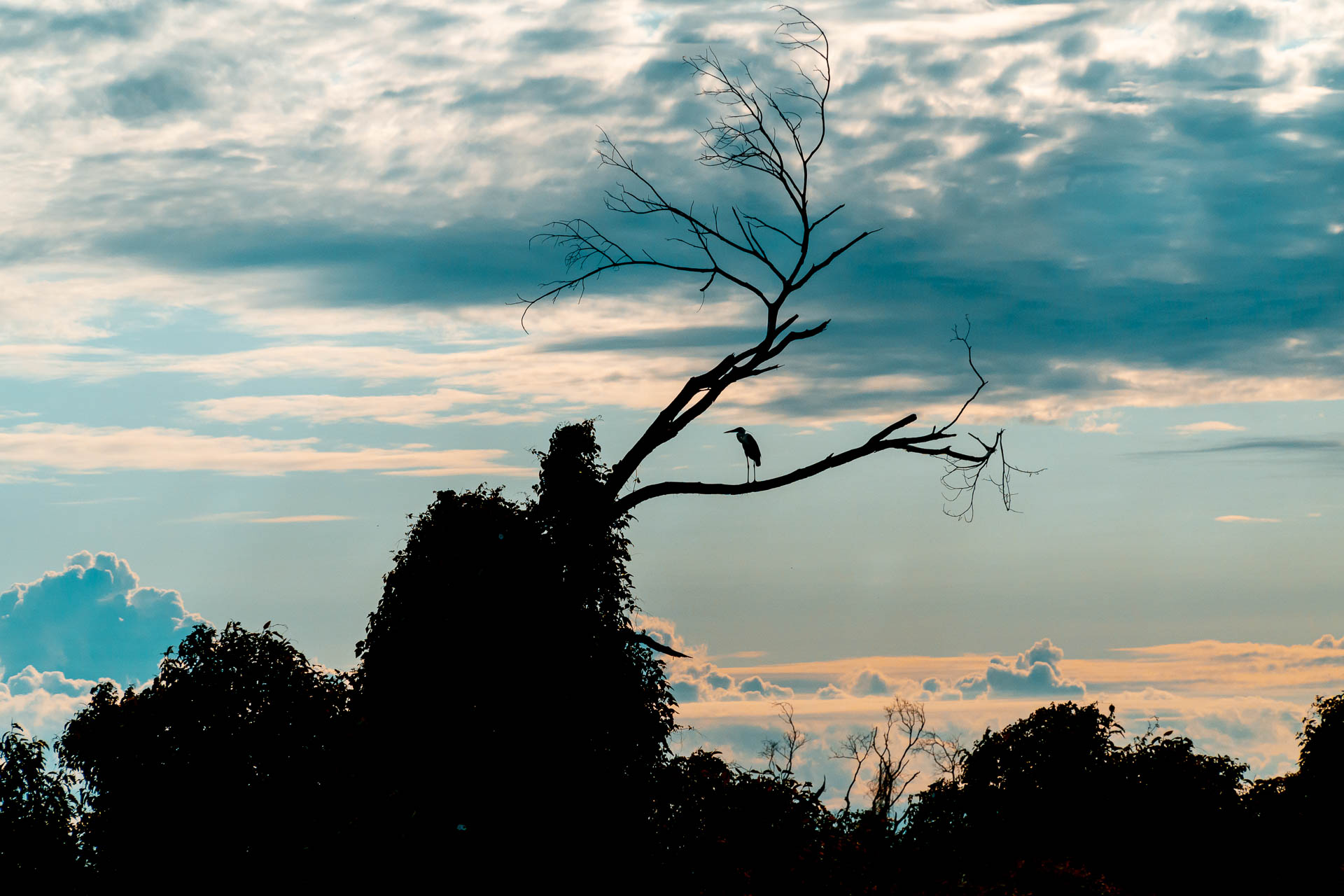
The fires were so brutal that the IHP decided to take preventive measures to prevent the scenario from happening again. The Pantanal as a whole is a region susceptible to fires due to the dry seasons. But undoubtedly human action is contributing to get things out of control. The Pantanal depends, for example, directly on the flying rivers coming from the Amazon, which are increasingly scarce due to the deforestation of the largest forest in the world.
Therefore, the IHP created a fire brigade, one of the preventive measures in the Serra do Amolar. But unlike other fire brigades in Brazil, which operates seasonally, the IHP fire brigade operates throughout the year in order to promote awareness and avoid another tragedy. The brigade team develops educational and infrastructure projects throughout the Serra do Amolar. They also count on high-tech equipment, such as a camera system with temperature sensors that alerts in the event of any outbreak of fire. We had the opportunity to see the cameras working and we were very impressed. Some private companies also support the Serra do Amolar preservation project, such as Jeep, which provided vehicles for the brigade.
View this post on Instagram
If you followed us on social media, our trip through the Pantanal was also supported by Jeep. They provided us with a Jeep Commander so that we could travel to the most remote and difficult corners of the Pantanal with no worries. We were quite amused to see that Jeep, apart from supporting content creators like us, also support the Serra do Amolar preservation initiative!
Tourism in Serra do Amolar
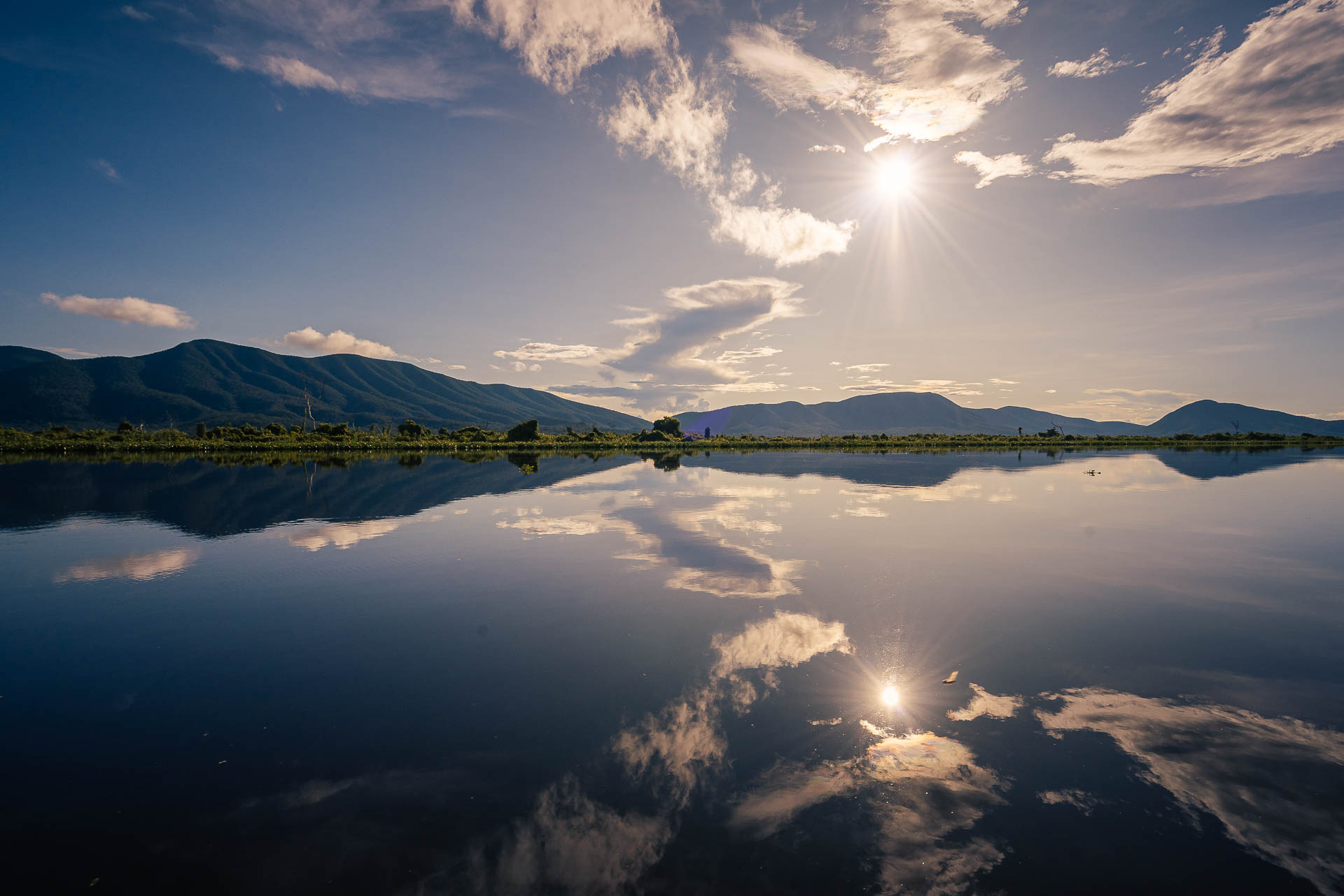
We already talked about a lot of things and you must be wondering how to visit Serra do Amolar. As we explained, Serra do Amolar is an RPPN under the management of the IHP. Therefore, one of the few options to get there is through them – and it is also the one we recommend.
How to visit Serra do Amolar
There are two starting points for Serra do Amolar: the city of Corumbá, in Mato Grosso do Sul and Porto Jofre, in Mato Grosso. From these points, you can charter a plane or take a boat to Serra do Amolar.
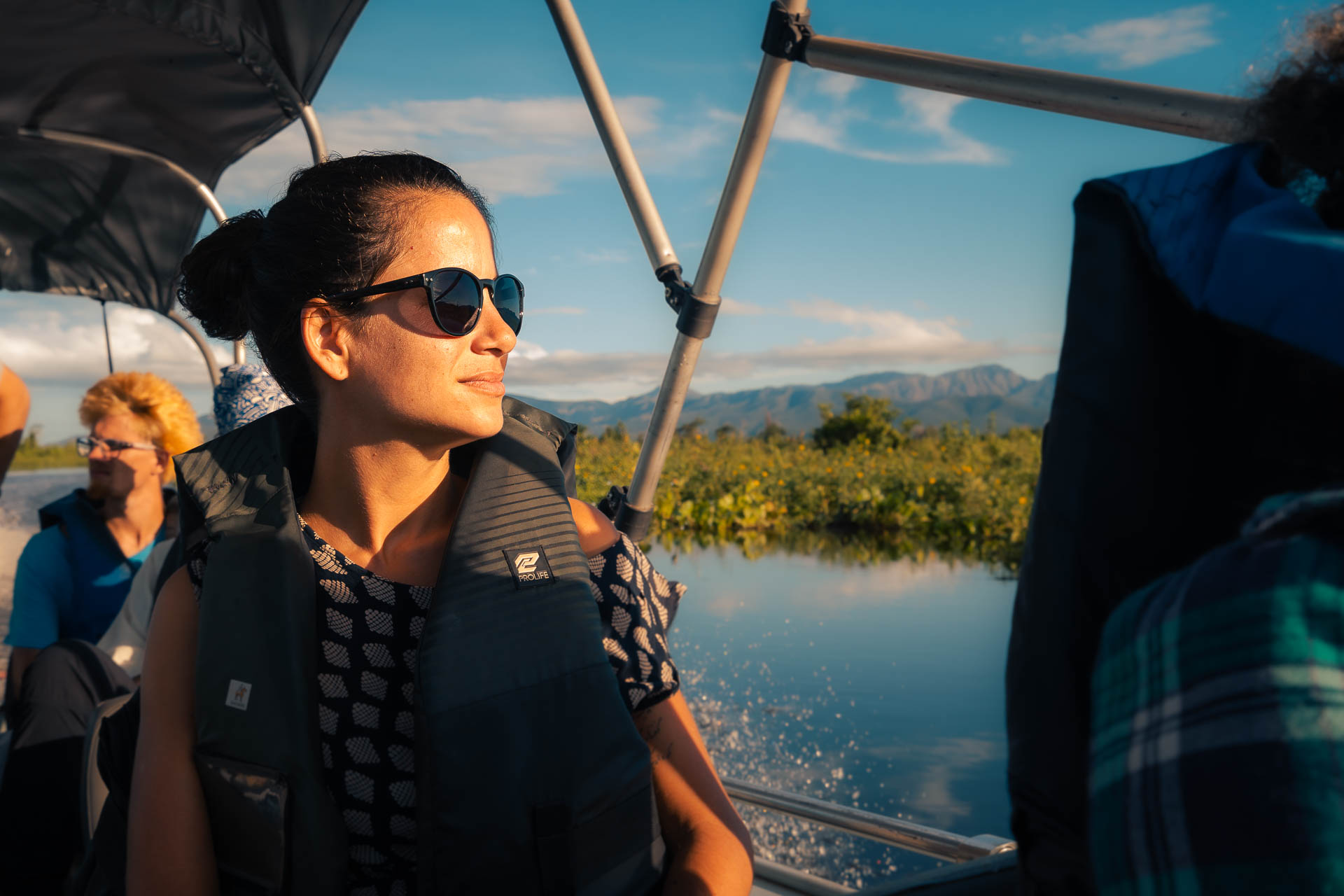
We took a boat from Corumbá. It takes from 4h to 6h along the Paraguay River up to the base camp at Acorizal. The landscape you see going up the river is just stunning. Make sure you have your camera with you at all times. Also, wear hat and long sleeves for the ride. You won’t feel the sun burning because of the wind, but trust us, it does.
Find the best deals on car rental to drive in Brazil.
The Amolar Experience in Serra do Amolar
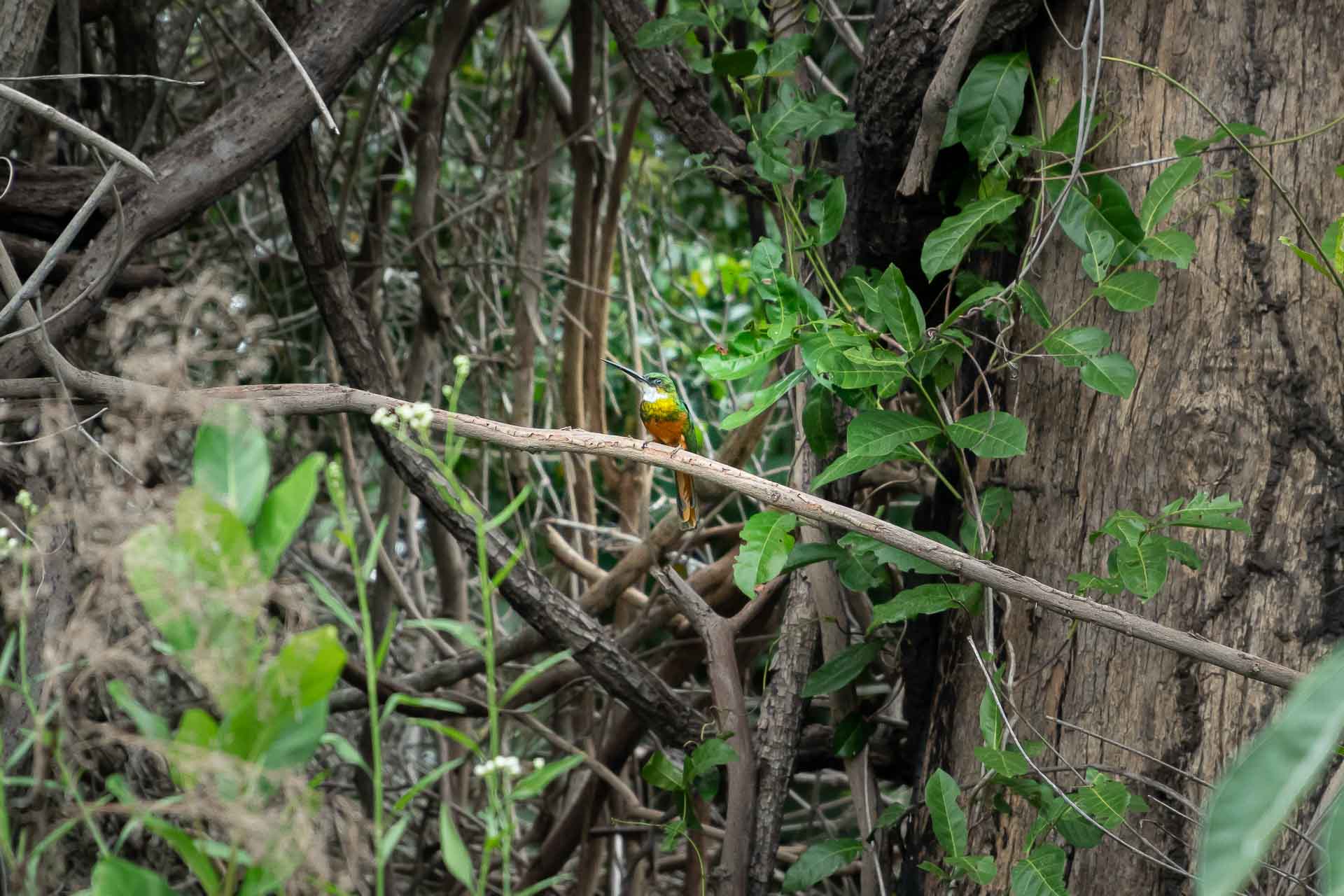
Your trip to Serra do Amolar will be unique. The travel itinerary is personalized as there are many activities possible in Serra do Amolar, from hiking trails, to boat trips, visiting the Guató indigenous village and other riverside communities and more. They will organise your days according to your interest, such as bird-watching, hiking, immersive culture social projects and so on. You will be accompanied by a guide at all times, who will explain various aspects of the fauna, flora and local culture.
The possibility of seeing many animals is great. In fact, the day we left, the group that stayed behind saw a jaguar. Yeah, we were quite sad for not having shared that moment. Anyway, during the boat trip to Serra do Amolar there is also a visit to the Barra do São Lourenço riverside community to learn more about the work of local artisans. Also, there is a stop at the Paraguai-mirim River for a delicious bath in its crystal clear waters.
The Amolar Experience package includes the boat trip, accommodation at the base camp of the IHP – Acorizal camp -, food and all the activities practiced during the stay. Because of the distance, it is recommended to stay for at least three nights. They only receive a maximum of 12 people at a time in their base and it is necessary to book the trip at least 15 days in advance, as there is a whole logistics involved in organizing the visit.
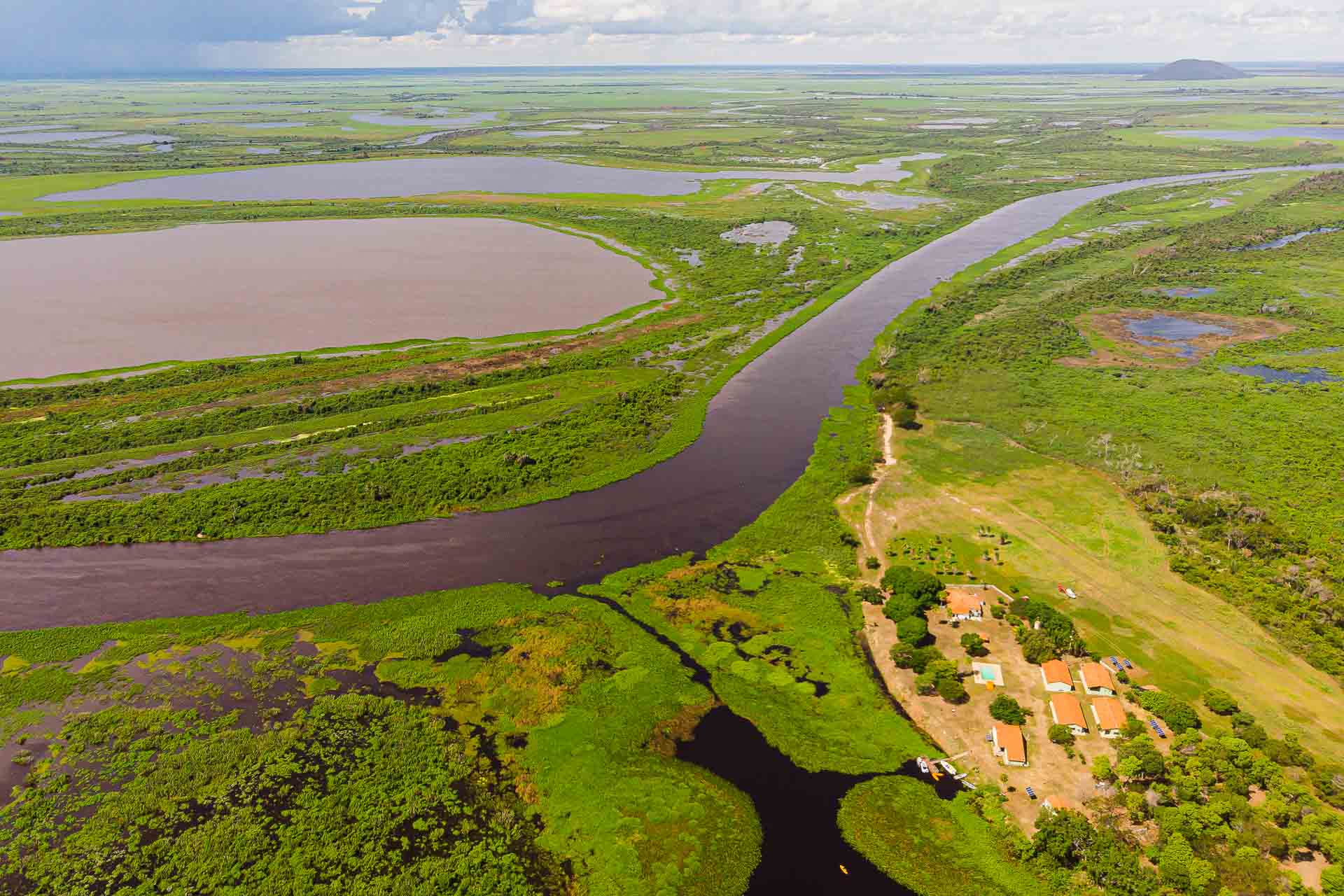
As we only stayed two nights in Serra do Amolar, our trip included a trail and a boat trip to Gaíva Bay, on the border with Bolivia. Even quickly as it was, our time over there touched us deeply. Even now, as I write this article in São Paulo surrounded by buildings, I can vividly remember the colours, smells and flavours of Serra do Amolar.
You can also visit Serra do Amolar through one of the Boat Hotels specialised mainly in fishing or by the invitation of a local family. However, we really recommend going to Serra do Amolar with IHP.
The trekking trails in Serra do Amolar
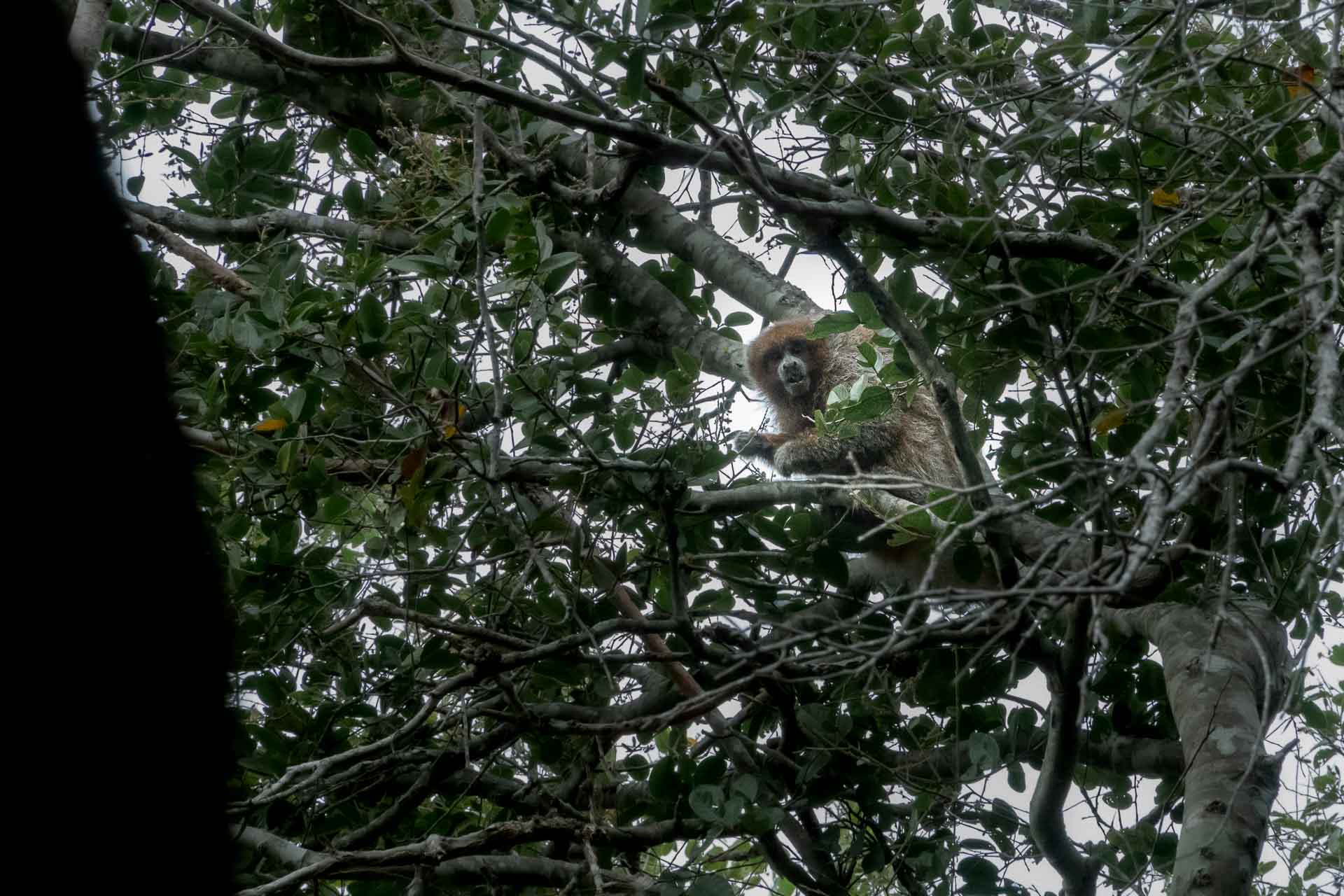
An interesting aspect of going to Serra do Amolar with IHP is that the experience as a tourist is based on the projects of the institute. For instance, the environmental monitoring project, fire brigade and fauna protection are some of the projects. So, the paths that take us to incredible landscapes when doing your trekking at Serra do Amolar also have their own function. So much so that it is common to find camera traps, to monitor fauna, or water piles to be used in case of an episode.
Therefore, nothing has been created for tourism. That means no destruction of the nature was done in order to accommodate tourists. It is completely sustainable. In fact, the guides are all the people who work on the projects, either firefighters or environmentalists. And for having this level of preservation, you can see so much species of birds and other animals. Serra do Amolar is a true refuge for bio-diversity.
We always recommend to travel insured. Our partner is the SafetyWing – you can get a quotation here!
Corumbá, the starting point to Serra do Amolar
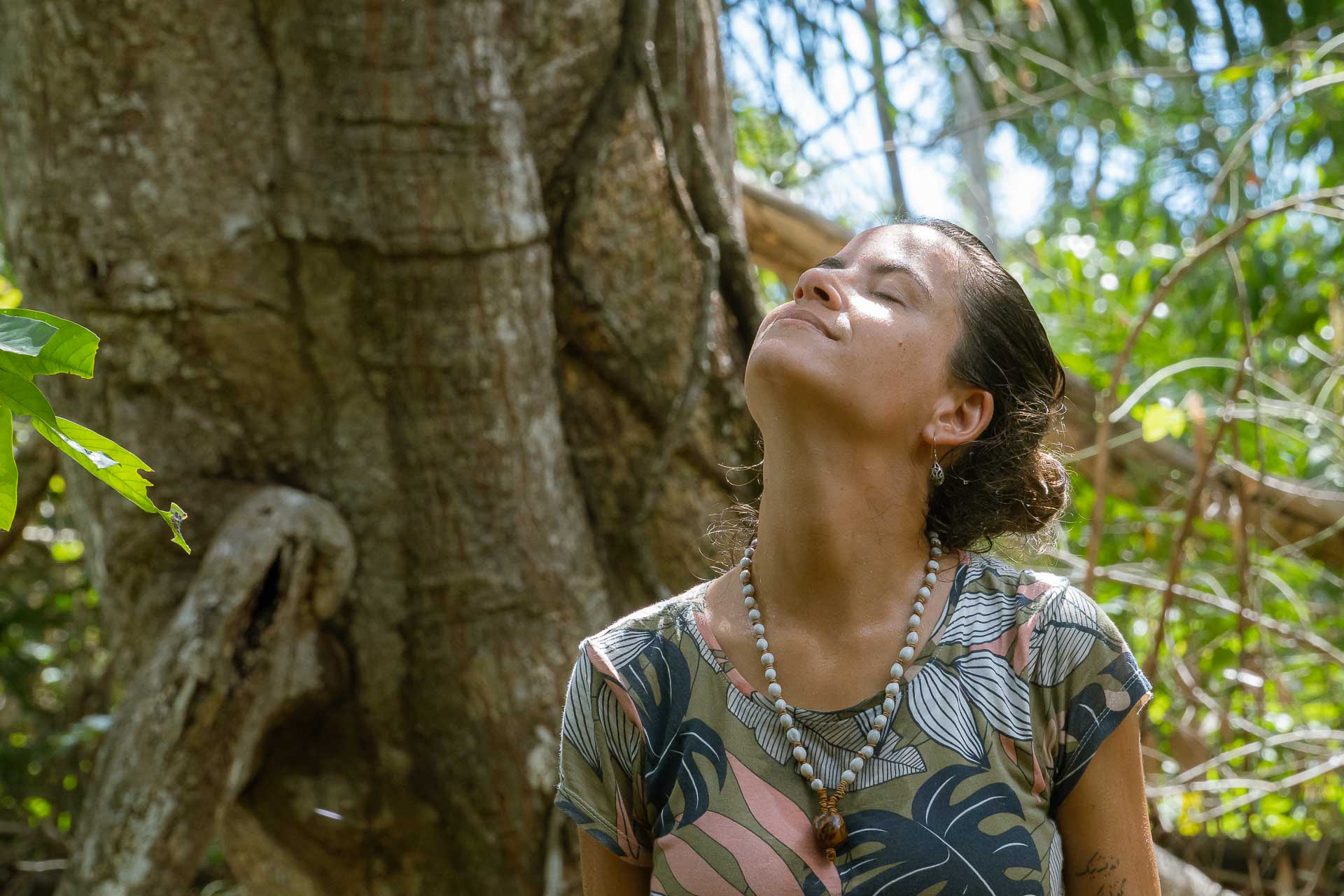
Corumbá was once one of the most important cities in Brazil. It still maintains a charming historic centre and offers several cool tours in Corumbá for tourists, such as:
- Take the Estrada Park by car to explore wildlife (we highly recommend the guys from Icterus Agency to guide you);
- Floating on the Paraguai-mirim River with the Aguapé Tour
- Visit to the Motacusito community in Bolivia and guided tour with women from the community in a nearby cave.
- And of course, visit to Serra do Amolar.
Where to stay in Corumba
For those who are going to spend a little extra time in Corumbá, we recommend the Hotel Santa Monica, which has simple yet comfy rooms and also a good breakfast! The hotel it is located right at the city centre. The Pousada Pantanal is another goof option, but in the neighbouring town! Alternatevely, you can find other accommodation options in Corumbá here!
When to visit Serra do Amolar
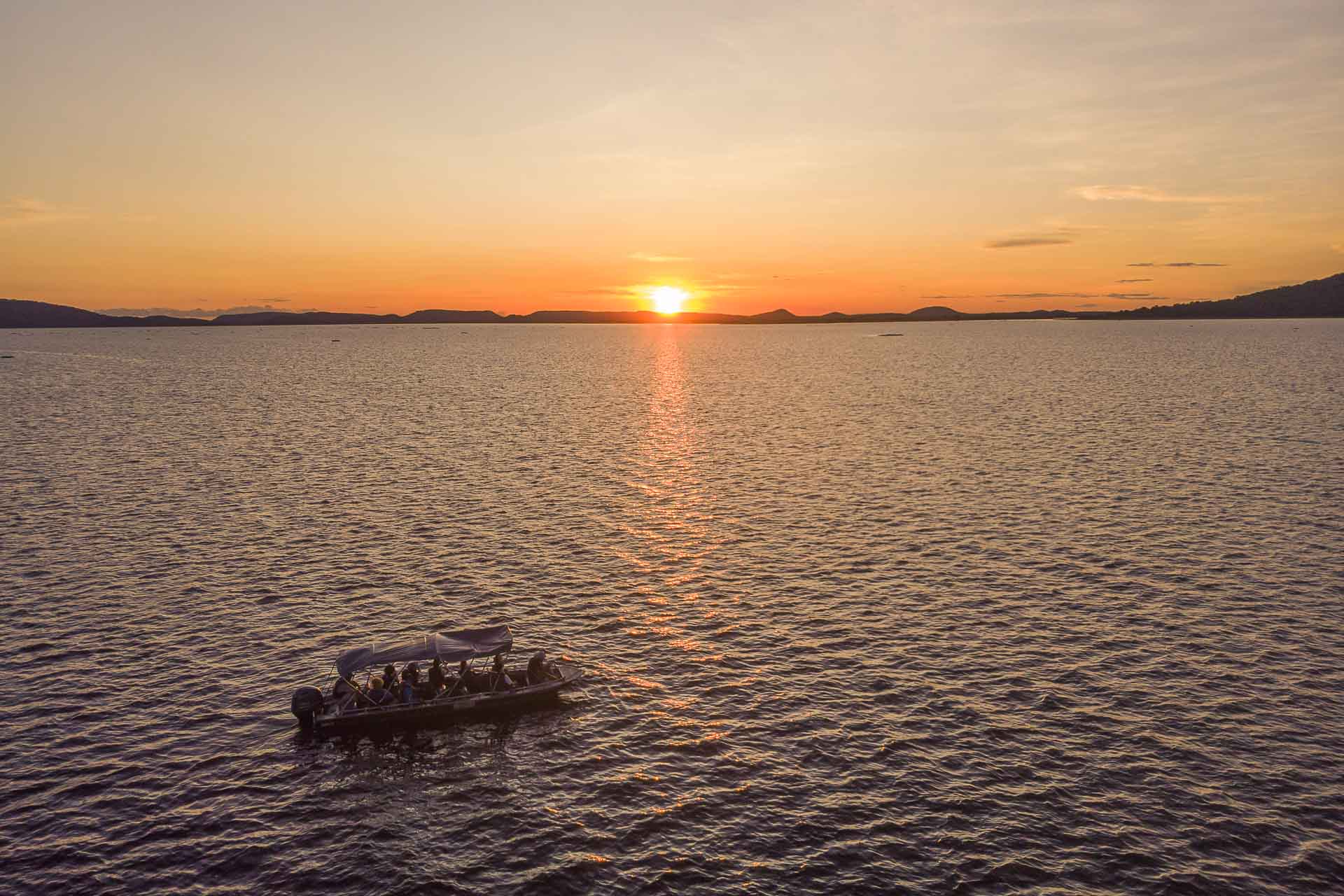
So far we’ve only talked about the good things. Now it’s time to reveal the not-so-beautiful side of Serra do Amolar: the mosquitoes. They are everywhere and they don’t give you peace. Because of them, it is impossible to visit Serra do Amolar from December to March, when the Amolar Experience does not even operate.
The tourist season starts in April, but honestly, it’s only from May that the mosquitoes give a truce. Our visit was during April and we suffered a little with them, who didn’t seem the least bit bothered by the three kilos of repellent we put on our bodies every hour.
What to take to the Serra do Amolar
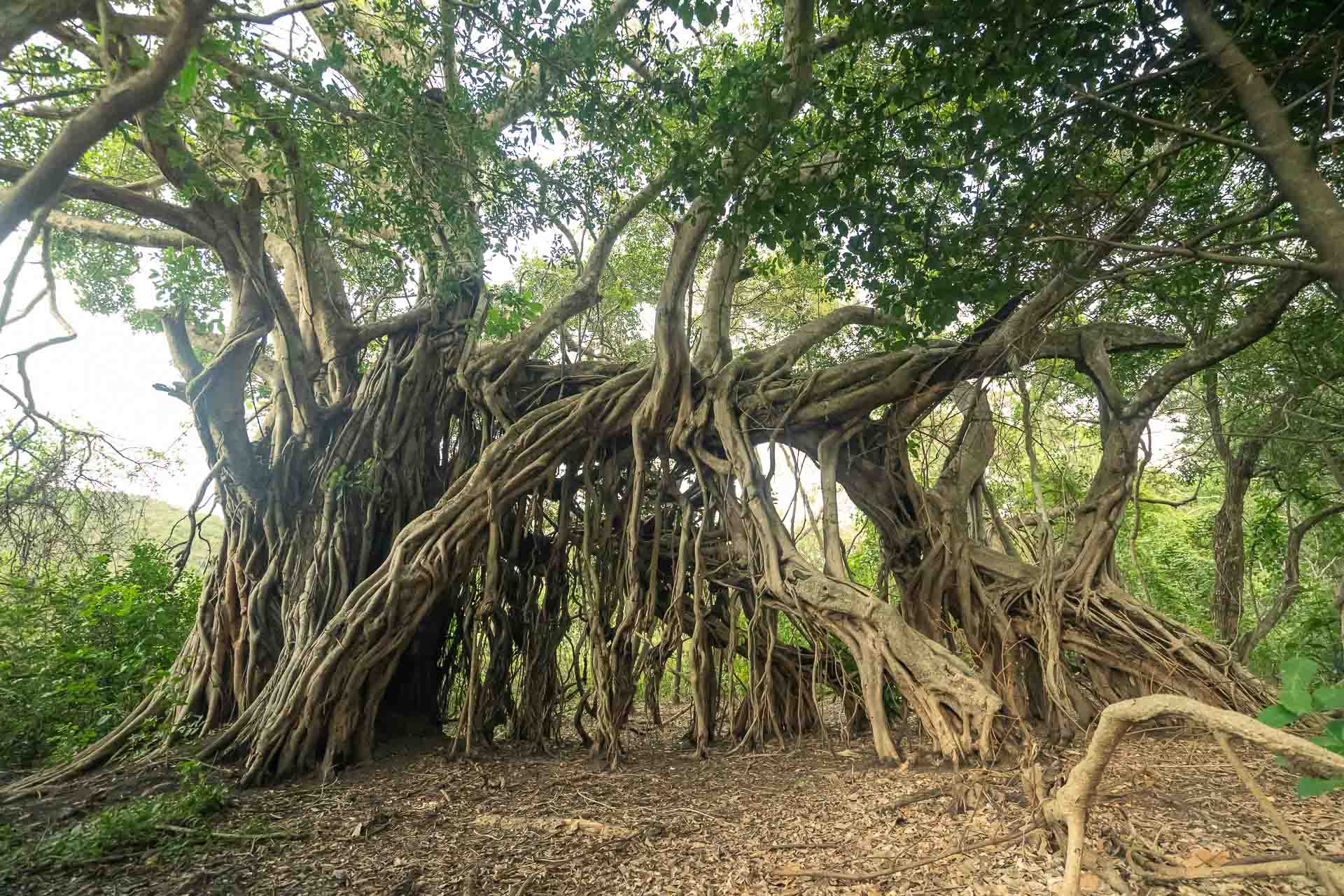
- Sneakers;
- Clothing for trekking;
- Clothing for swimming (there is a pool at the base where we sleep);
- Repellent (a lot);
- Sunscreen;
- Hat and sunglasses;
- Alcohol is not included. If you want to bring a beer or wine for an afternoon around the campfire, that’s up to you;
How much does it cost to travel to Serra do Amolar
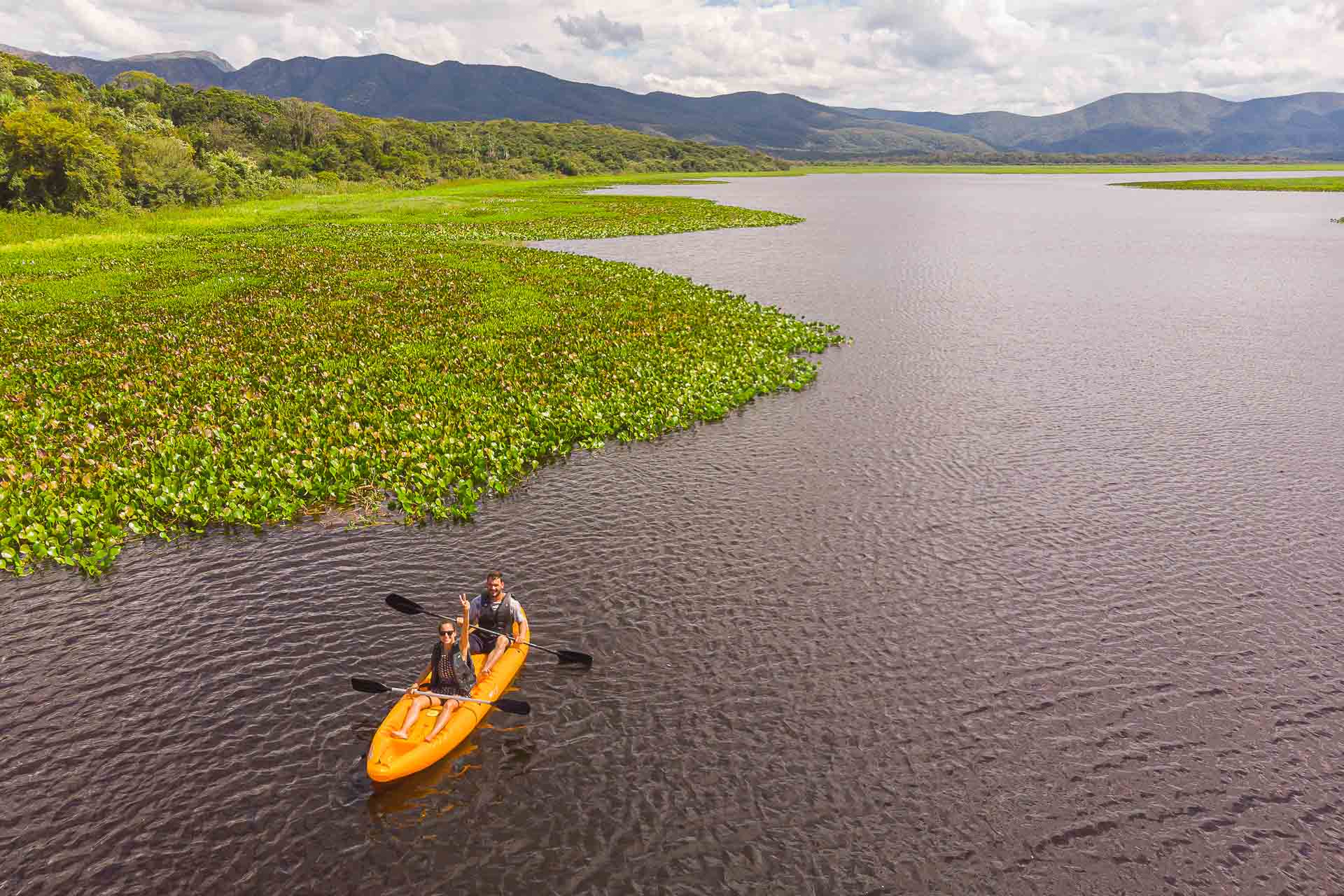
Visiting Serra do Amolar is not cheap.
As explained, the Serra do Amolar travel itinerary is customized based on the interests and desires of each group. This will make the trip more expensive or cheaper. As a base, you can expect to pay around R$1,000 per person, per day, for the trip, including everything, transport (by boat) from Corumbá or Porto Joffre, food, accommodation, activities, etc.
It is worth mentioning that all the money is used to pay the expenses related to the trip and also reverted to the IHP preservation projects. Do you want to help preserving the region, then travel to Serra do Amolar. Those were actually the exact words of the coordinator of the Amolar Experience.
Curiosities of Serra do Amolar
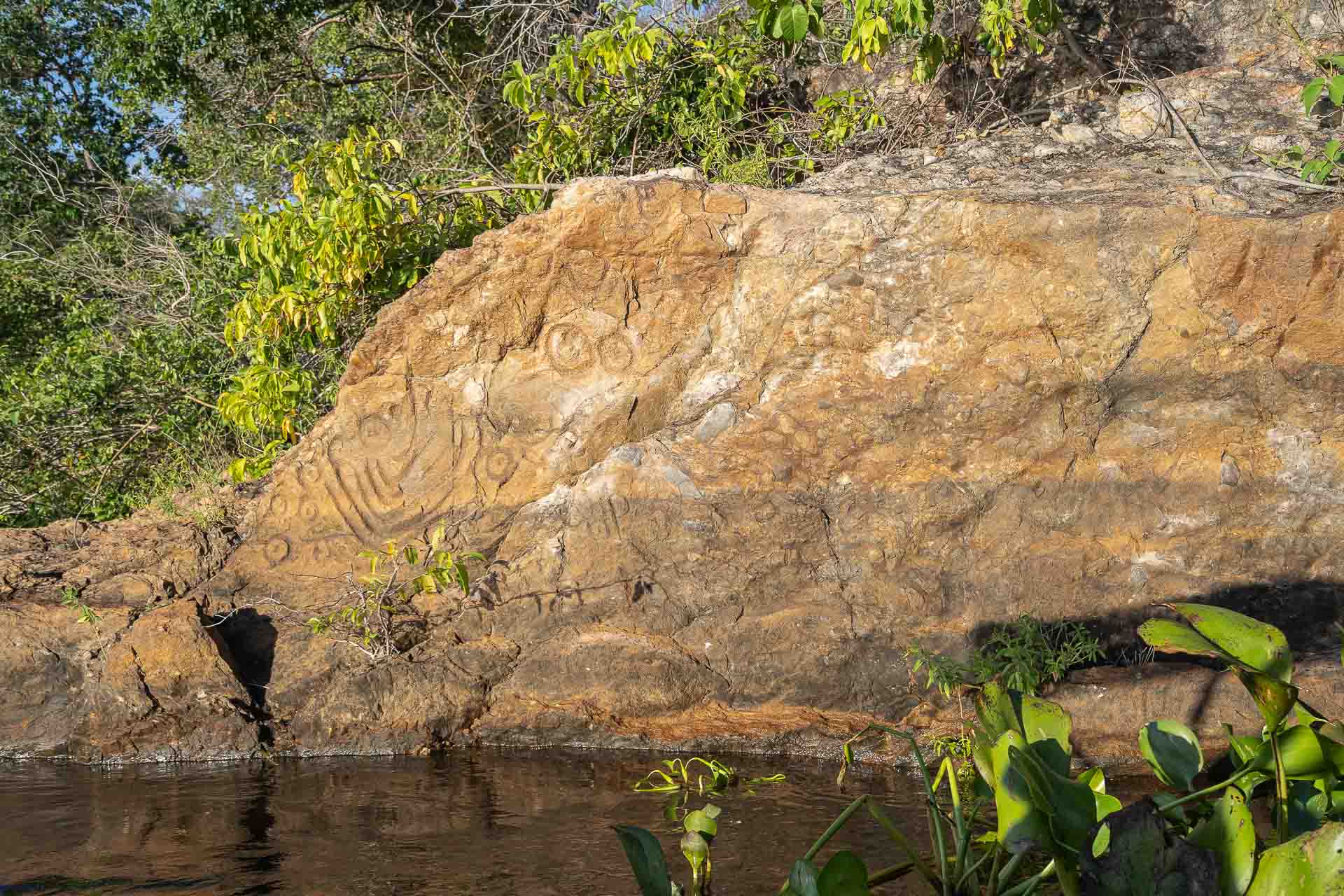
Rupestrian art in Serra do Amolar
Guaíva, the second largest bay in the Pantanal. There is where you see the traces of those who lived more than 3 thousand years before us. There are rock paintings on the edge of this bay. In fact, there are several archaeological sites in this region.
Origin of the name Serra do Amolar
Serra do Amolar is a region plenty of rocks. Because of the peculiarity of the Pantanal biome, the rocks of here are also different. Locals were using these rocks to sharpen their tools, such as knifes, machetes and cleavers. For this reason, the region gained this name, Amolar, which in Portuguese means the verb to sharpen.
See the summary of this article in the FAQs
Serra do Amolar is part of the Pantanal. It is, in fact, one of the mountains that delimits the Pantanal, together with Serra da Bodoquena in the south and the Chaco Boliviano in the west. The region is located between the states of Mato Grosso do Sul (MS), Mato Grosso (MT) and Bolivia, forming part of the municipality of Corumbá, in MS.
The IHP created a fire brigade, one of the preventive measures in the Serra do Amolar. But unlike other fire brigades in Brazil, which operates seasonally, the IHP fire brigade operates throughout the year in order to promote awareness and avoid another tragedy.
There are two starting points for Serra do Amolar: the city of Corumbá, in Mato Grosso do Sul and Porto Jofre, in Mato Grosso. From these points, you can charter a plane or take a boat to Serra do Amolar.
We took a boat from Corumbá. It takes from 4h to 6h along the Paraguay River up to the base camp at Acorizal. The landscape you see going up the river is just stunning. Make sure you have your camera with you at all times. Also, wear hat and long sleeves for the ride. You won’t feel the sun burning because of the wind, but trust us, it does.
Serra do Amolar is a region plenty of rocks. Because of the peculiarity of the Pantanal biome, the rocks of here are also different. Locals were using these rocks to sharpen their tools, such as knifes, machetes and cleavers. For this reason, the region gained this name, Amolar, which in Portuguese means the verb to sharpen.
Sneakers;
Clothing for trekking;
Clothing for swimming (there is a pool at the base where we sleep);
Repellent (a lot);
Sunscreen;
Hat and sunglasses;
Alcohol is not included. If you want to bring a beer or wine for an afternoon around the campfire, that’s up to you.


